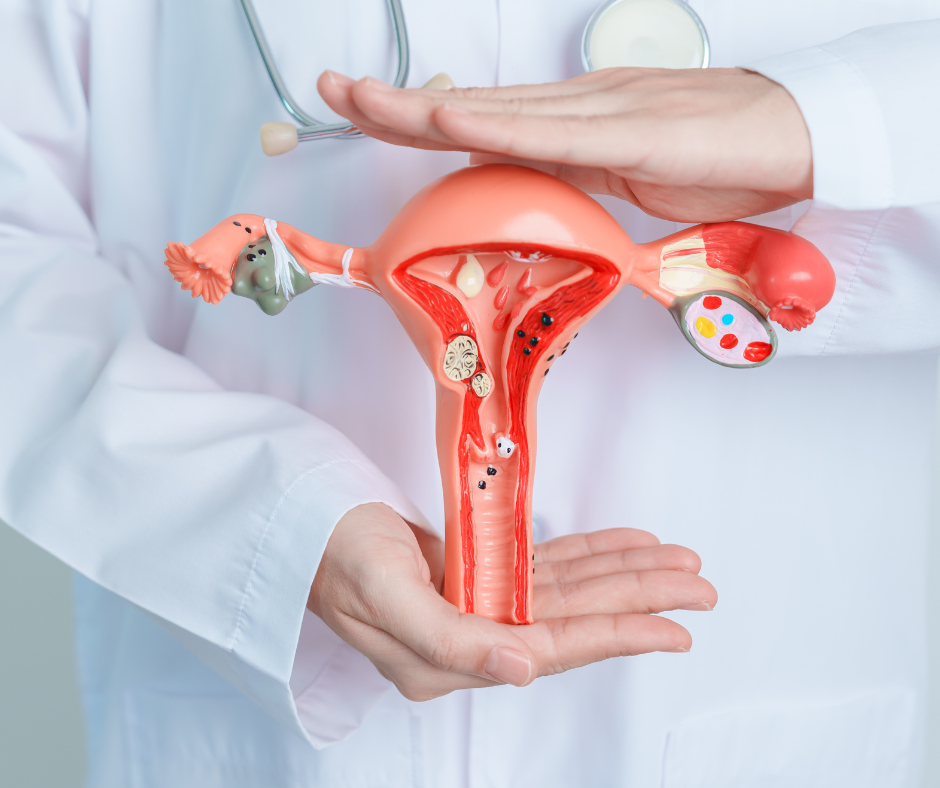
Fibroids are typically non-cancerous (benign) growths of the uterus. This is a common condition that can be found in up to four out of five women in their lifetime. They can present in a number of ways, many women will be asymptomatic. Depending on the size and nature of the fibroid, some women can experience heavy menstrual bleeding, pain or even pressure sensations with a palpable mass in the abdomen.
We don’t exactly know why fibroids grow, there are a few different theories, we do think there are a number of underlying factors such as genetic predisposition and lifestyle that can contribute. Importantly, fibroids tend to be responsive to the female reproductive hormones (oestrogen and progesterone). This means, once a lady is menopausal, the incidence of fibroids reduces and they can even shrink.
Fibroids grow in three different locations of the uterus, inside the inner layer of the uterus (submucosal), in the muscle of the uterus (intramural) or on the outer surface of the uterus (subserosal). They can be diagnosed by a simple pelvic ultrasound and on occasion a pelvic MRI may be ordered to further delineate the nature and size of the fibroid.
Some fibroids don’t warrant any treatment, especially if they are small and if a woman has no specific symptoms that are bothering her. The intention and nature of treatment is very personalised to the patient’s situation, for example their age and desire for fertility would be a factor in the decision making.
Management can be either medical or surgical.
Medical management can include use of non-steroidal anti-inflammatory drugs, tranexamic acid, hormonal contraceptive pills or use of gonadotrophin-releasing hormones. Other management can include uterine artery embolization, this would involve referral to an interventional radiologist.
Surgical management of fibroids can involve removal of the fibroid itself, this is referred to as a myomectomy and can be performed laparoscopically or hysteroscopically depending on the location of the fibroid. Both of these procedures are minimally invasive! Which allows for a faster recovery time and a shorter hospital stay.
On occasion, due to the nature, size, and age of a patient a hysterectomy (which is complete removal of the uterus) may also be offered to a patient. This again, would be done as a minimally invasive surgery to allow a speedy recovery.
Gynaecologist and Advanced Laparoscopic Surgeon
Mon-Thurs 8:30 am to 4:30 pm
Friday 8:30am to 2:30pm
© 2025 Dr Sam Daniels. All Rights Reserved.